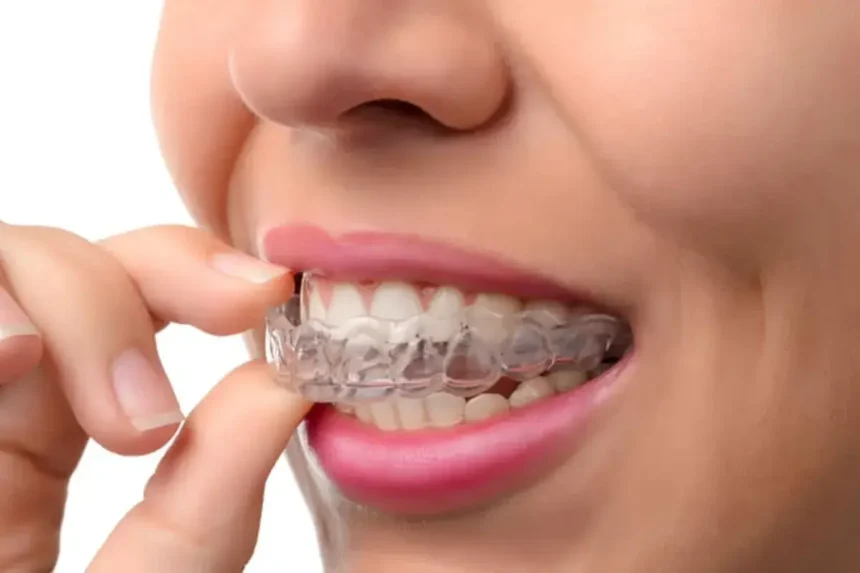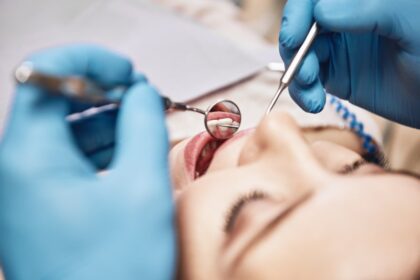Invisalign is an orthodontic treatment that offers a discreet alternative to traditional metal braces. This clear aligner system uses customized plastic trays to gradually shift teeth into proper alignment, providing patients with a more comfortable and aesthetically pleasing treatment experience. Understanding what your Invisalign journey entails can help you make informed decisions about your orthodontic care and set realistic expectations for the process ahead.
What Does Invisalign Treat?
Invisalign effectively addresses a wide range of orthodontic issues that affect both function and appearance. The system can correct mild to moderate cases of crowded teeth, where insufficient space causes teeth to overlap. This condition not only affects smile aesthetics but can also make proper oral hygiene challenging. Spacing issues, including gaps between teeth, respond well to Invisalign treatment. The clear aligners can gradually close these spaces, creating a more uniform smile while improving overall oral health.
Overbite correction represents another common application of Invisalign technology. Underbite conditions, where lower teeth protrude beyond upper teeth, can also be addressed with Invisalign in many cases. Crossbite issues, where upper and lower teeth don’t align properly when biting down, can lead to uneven tooth wear and jaw problems. Invisalign can help align the bite properly.
What Does the Process Entail?
The Invisalign treatment process begins with a comprehensive consultation and examination by a qualified orthodontist or dentist. During this initial appointment, your provider will assess your teeth, discuss your goals, and determine whether Invisalign is suitable for your specific case.
Digital impressions of your teeth are taken to create a precise 3D model of your mouth. This technology allows your orthodontist to map out the exact movements needed for each tooth and create a customized treatment plan. Once your treatment plan is approved, a series of custom aligners is manufactured specifically for your teeth. Each aligner in the sequence is slightly different, designed to move your teeth incrementally toward their final positions. The total number of aligners varies depending on the complexity of your case.
Throughout treatment, you’ll visit your orthodontist to monitor progress and receive your next set of aligners. These appointments allow your provider to track movement, make any necessary adjustments to the treatment plan, and address any concerns you may have. Complex cases may require longer treatment periods, while minor corrections might be completed more quickly.
What Are the Benefits?
The aesthetic advantage of Invisalign stands out as one of its most appealing features. The clear, nearly invisible aligners allow patients to undergo orthodontic treatment without the conspicuousness often associated with traditional metal braces. This discretion proves particularly valuable for adults in professional settings and teens concerned about their appearance.
Comfort represents another significant benefit of the Invisalign system. The smooth plastic aligners eliminate the sharp edges and protruding wires associated with conventional braces. The removable nature of Invisalign aligners offers convenience in daily life. Patients can remove aligners when eating, allowing them to enjoy all their favorite foods without restrictions. This removability also simplifies oral hygiene routines, as patients can brush and floss normally without navigating around brackets and wires.
Confer With a Dental Expert
Determining whether Invisalign aligns with your orthodontic needs requires professional evaluation and guidance. A qualified orthodontist or dentist can assess your specific case, explain treatment options, and help you understand what to expect throughout the process. They will evaluate factors such as the complexity of your alignment issues and other factors that determine if Invisalign is right for you.









